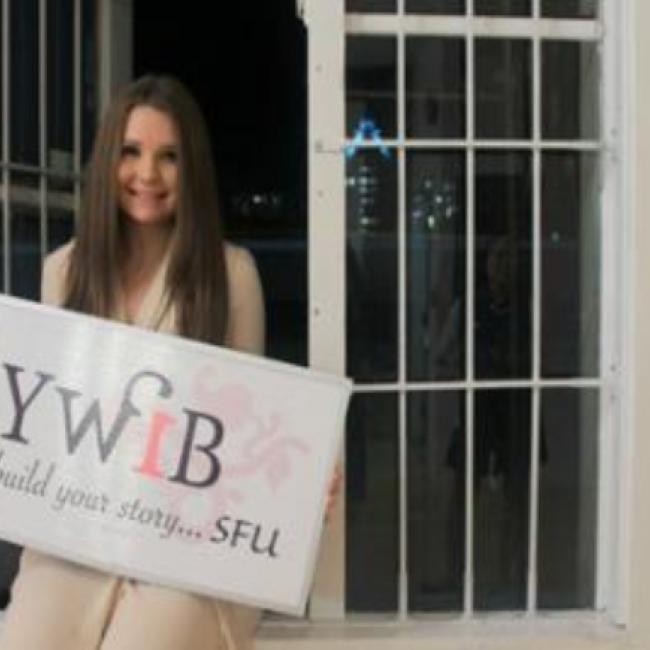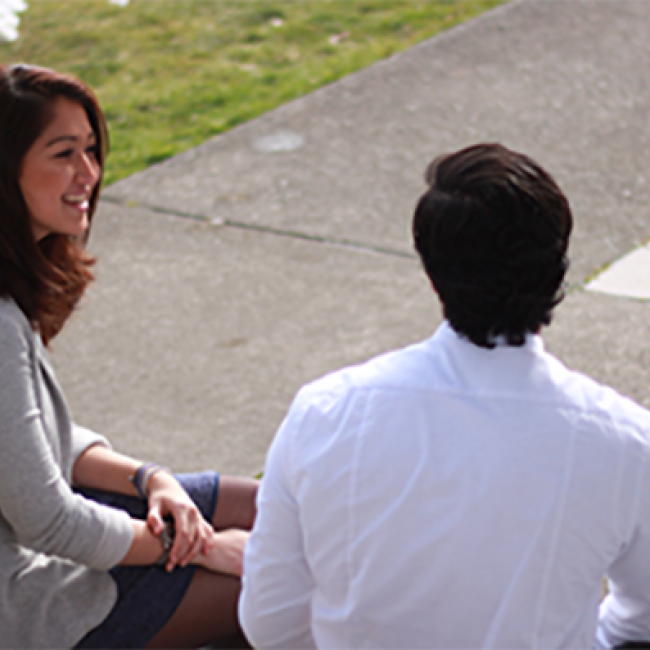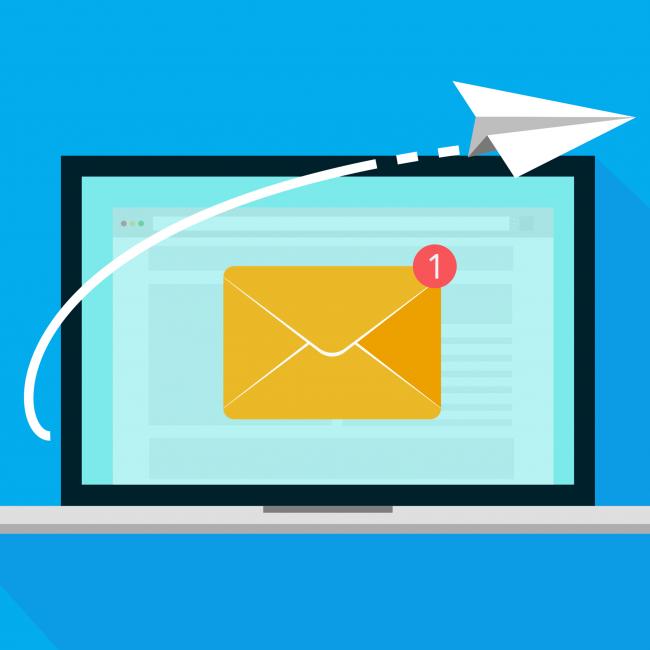
With the advent of LinkedIn as a professional network, some individuals question whether you need a resume or not in an increasingly digital world. The answer, unsurprisingly, is a solid ‘yes’. LinkedIn has its place in discovering new opportunities, but many companies still require a traditional resume. A resume is the first point of contact between you and the employer, which means that the resume should be compelling. A resume also enables you to summarize all of your relevant experience into a two (or one) page document, allowing you to highlight the biggest accomplishments in your professional life to that point.
Resumes are essentially your primary tool for securing a position in a variety of settings, whether for a job opening, volunteer role, executive spot on a student club, or even graduate school. A key challenge is figuring out how you can stand out from hundreds, if not thousands, of other similar looking resumes that are all set in 12 point Times New Roman font with headers that all look the same or use the same jargon (e.g. team player, multitasker…). Design/layout is important, but so is content. You want your content to provide evidence-based information about your skills and abilities, and you also want your resume to be visually appealing for the reader.
What To Include
So, if a resume is your gateway to potential work, what content should you include? There are many resources out there to help you with this, but here are a few important pieces of advice:
Use numbers to demonstrate accomplishments. Stating that you were the project manager of an event looks great, but adding something like ‘project manager for an event that was attended by over 300 guests’ makes the point really stand out. This may sound pretentious, but you have to remember that mentioning key accomplishments in your life is just the facts, and is something a hiring manager will want to read about.
Keep important, relevant experience at the top. You may have heard that resumes should be organized chronologically (with most recent experience at the top), but this is not necessarily true. Following that guideline may make writing easier, but you could be putting yourself at a disadvantage. Instead, you could post the most relevant experience for that position at the top. After all, that will be what the reader is looking for, and seeing that at the top of the page could mean that your resume is much less likely to be rejected in six seconds. You could also organize your resume using targeted and functional headings.
Building on the previous point, you will also want to tailor your resume for the position. This may be painstaking, but imagine if you end up getting the role you wanted because of the extra few hours you put in customizing your document. The reason for doing this revision is simple – you want to demonstrate your value, so adjusting your resume to fit the position description is important.
Style Tips
Content is no doubt an important part of your resume, but you also want to ensure that readability is not compromised. The most important part of this is to use a font that is easily readable – nothing too fancy, but preferably something that still communicates your identity. Sans-serif fonts are usually preferred for screen reading, but serif fonts are generally easier to read in print format, so the choice is really up to you. Keep in mind that you will want to have as much white space as possible so that the individual reading your resume does not end up having their eyes wander all over the page. Make sure to use bullet points instead of paragraphs as well!
Regardless of the work you are applying for, you will want to have contrast to make the different sections stand out. You may also want to play around with having a coloured header, experimenting with how the different colours change the message you are delivering in your resume (or how they identify with yourself). If you are submitting a resume in colour online, make sure it can also be readable in black-and-white. Many employers do not print resumes in colour, so it would be a tremendous disappointment if, despite being an ideal candidate, you did not get considered due to a visually appealing resume that was not readable in black-and-white.
Breaking the resume down into subsections with bold headers is also important. As mentioned, you do not necessarily need to break this up chronologically – instead, you could organize your past experience based on the type of activities it involved (e.g. social media experience could be put in ‘Marketing Experience’ while graphic design could be placed in ‘Design (or Promotional) Experience). If you are stuck, here are some examples (1) (2) to help you out. This article from Creative Bloq also has some very useful tips if you are considering creating a resume in Illustrator or InDesign.
Closing Thoughts
Resumes are an important part of establishing yourself with regards to your experiences and fit for a job. Whether it is one or two pages, everything from content to design of the resume should be in harmony, enabling you to showcase the great skills you have to offer. While editing your resume is not exactly the most fun activity, remember that the changes you make to tailor the resume to your work search could end up being more than worthwhile. Best of luck with creating (or revising) your resume!



















